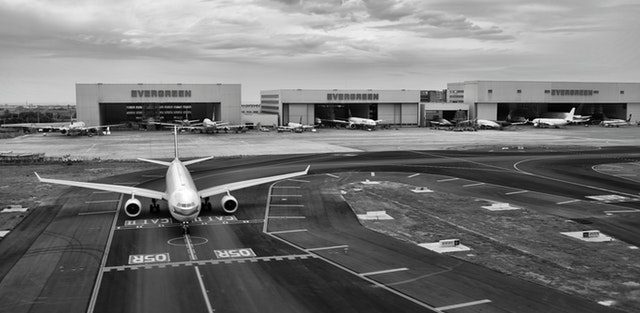Private Airport

Public vs Private Airports
On the other hand, government organizations are responsible for the operation and upkeep of public airports. This includes:- Municipalities
- Counties
- Port authorities
- Passenger services (food and lodging)
- Fuel
- Security checks
According to the Department of Transportation, the term “Airport” means an area of land or water used for, or intended to be used for, landing and takeoff of aircraft, including appurtenant areas, buildings, facilities, or rights-of-way necessary to facilitate such use or intended use.
A private airport is one that’s used by general aviation and private aviation, but is ineligible for use by scheduled airline travel. Private charter flights can sometimes access privately owned airports, so long as the owner or operator grants permission beforehand.
As the name suggests, individuals, groups or companies operate private airports for their own personal use. For instance, a major industrial corporation, such as a mining company in a remote location, might operate a private airfield so that it can transport executives and its workforce in and out of the jobsite on private jet charters.
Another example of a private airport could be a farmer who needs an airstrip to perform aerial crop dusting. You can also find private airstrips owned and maintained by a group of general aviation enthusiasts.
Public vs Private Airports
On the other hand, government organizations are responsible for the operation and upkeep of public airports. This includes:
- Municipalities
- Counties
- Port authorities
Due to the expense of building and maintaining a paved runway, many private airports operate using dirt strips or turf runways. Many also lack the amenities and facilities found at publicly owned airports, such as:
- Passenger services (food and lodging)
- Fuel
- Security checks
Click Here for a List of Private Airports








